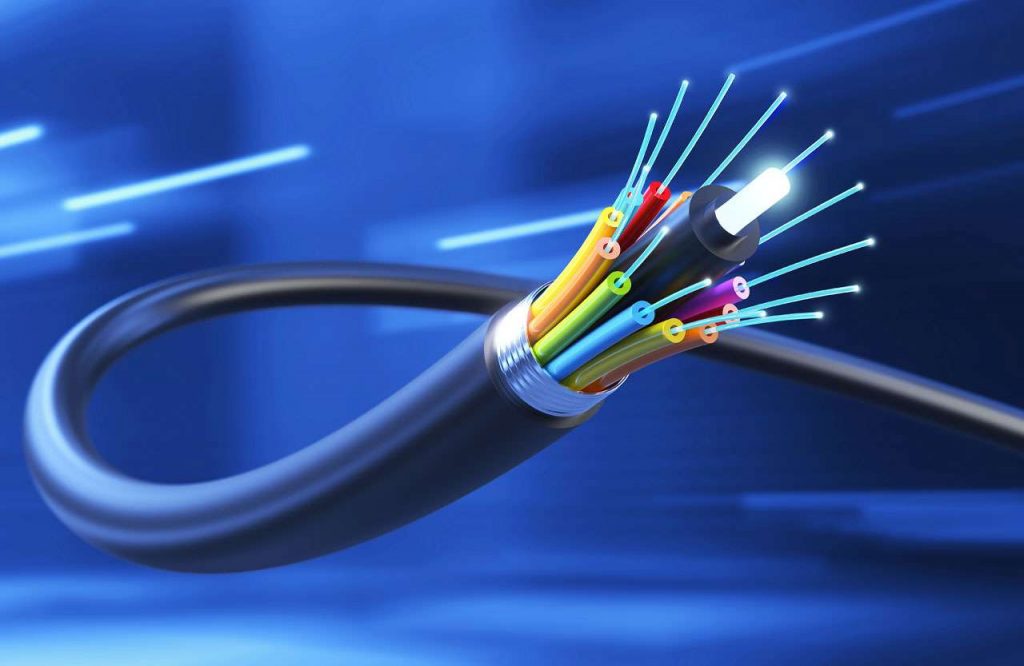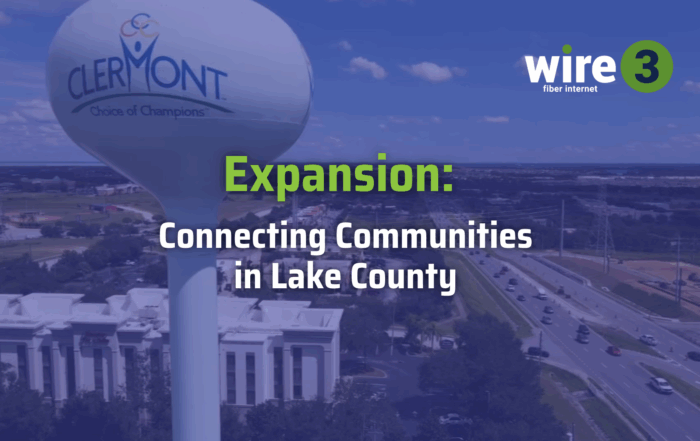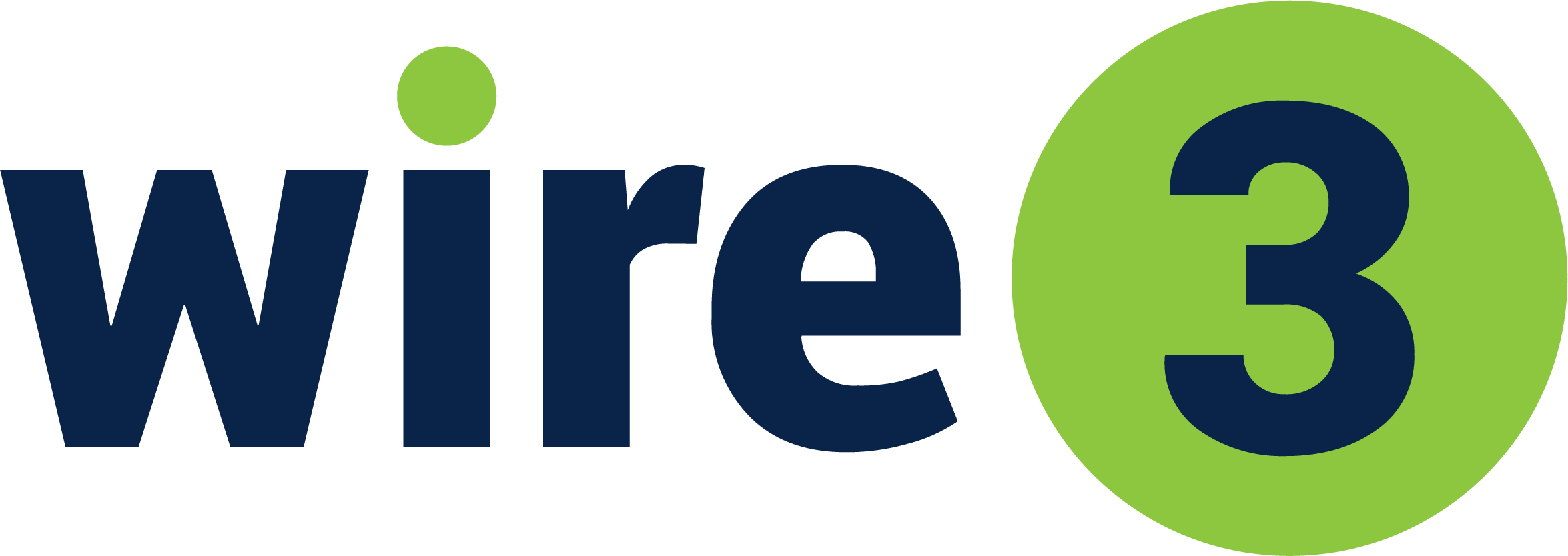Fiber Optic Internet and its Surprising Origin
We all know the importance of staying connected through fiber optic internet. Whether you’re on an important work call, gaming with your friends, or just streaming a movie for a quiet night at home, it’s easy to take this incredible technology for granted.
Most of us enjoy the internet from the moment we wake up to when our head hits the pillow. But have you ever paused to wonder how this incredible technology came to be?
Let’s dive into the fascinating history behind fiber optic internet, and explore the brilliant minds and innovative breakthroughs that make it possible for us to enjoy lightning-fast speeds today.
Searching up ‘Fiber Internet Near Me’? Check our fiber internet availability form to see if Wire 3 is available in your area. Check availability now

The Spark of Innovation: Understanding Fiber Optic Internet
Before meeting the pioneers, let’s break down the fiber optic internet. In simple terms, it’s a way of sending information as pulses of light through thin strands of glass or plastic fibers. This technology allows for data to travel at speeds close to the speed of light, far outpacing the traditional copper wires used in cable internet.
The result?
A super-fast, highly reliable internet connection that makes streaming, gaming, and browsing a breeze.
The Visionaries Behind the Light
The journey of fiber optic internet began in the 19th century, with early experiments that guided light through water streams. However, the real breakthrough came in the 20th century, thanks to several key figures:
Narinder Singh Kapany: Often hailed as the “Father of Fiber Optics,” Kapany was the first to demonstrate fiber optic cables in the 1950s. His pioneering work showed that light could be transmitted through bent glass fibers, laying the groundwork for fiber optic communication.
Charles K. Kao: Dubbed the “Godfather of Broadband,” Kao’s groundbreaking research in the 1960s revealed how to transmit light over long distances via optical glass fibers. His insights on removing impurities from glass fibers were crucial for the development of long-distance fiber optic communication. In 2009, he was awarded the Nobel Prize in Physics for his visionary work.
Thomas Mensah: Born in Ghana in 1950, Dr. Thomas Mensah showed early signs of his intelligence by speaking multiple languages and even placing in a national French contest. He studied at the University of Science and Technology in Montpellier, France, and the Massachusetts Institute of Technology. In his early 30s, Mensah led a team of engineers for Corning Glass Works to create more durable glass fiber optic wires and holds over a dozen patents, mainly in the realm of fiber optics.

The Evolution of Fiber Optic Internet
The invention of fiber optic internet wasn’t the work of a single individual, but a collective effort that spanned several decades. After the initial discoveries by Kapany and Kao, teams of scientists and engineers worldwide worked tirelessly to refine and commercialize the technology.
This involved developing lasers that could act as light sources, creating detectors to convert light back into electrical signals, and inventing methods to produce pure glass fibers capable of transmitting light over vast distances without significant loss.
The Impact of Fiber Optic Internet
The implications of fiber optic technology are profound. It has revolutionized telecommunications, enabling the high-speed internet, cable television, and telephone services we rely on today. But how does it compare to traditional cable internet?
Speed: Fiber optic internet offers speeds up to 10 Gbps (10,000 Mbps), dwarfing the maximum speeds of cable internet.
Reliability: Unlike cable, fiber is less susceptible to weather conditions and electrical interference, ensuring a more stable connection.
Bandwidth: Fiber offers higher bandwidth, meaning it can handle more data simultaneously, a must-have for households with multiple users streaming, gaming, or working from home.
Wire 3: Your Gateway to the Future
The story of fiber optic internet is a testament to human ingenuity and perseverance. At Wire 3, we’re excited to be part of this ongoing revolution, providing our growing list of service areas, including the counties of Volusia, Brevard, Indian River, and St. Lucie, with the best fiber optic internet. Join us in embracing the future of connectivity, where possibilities are as limitless as the speed of light! Check availability now
Looking for Fiber Optic Internet In Your Area?
You’re in the right place! Wire 3 is dedicated to serving the communities of Central Florida with top-tier fiber optic internet. Our local team is here to ensure you get the most out of your internet service, with friendly, local customer support that understands your needs. If you’re curious about making the switch to fiber optic internet, wondering “how fast is fiber optic internet?” or simply looking for the most reliable connection in town, look no further and check your availability today!



